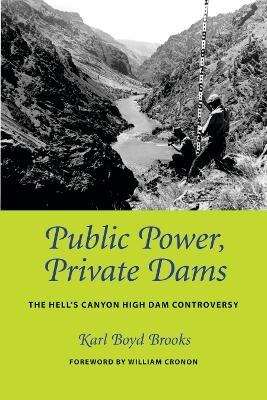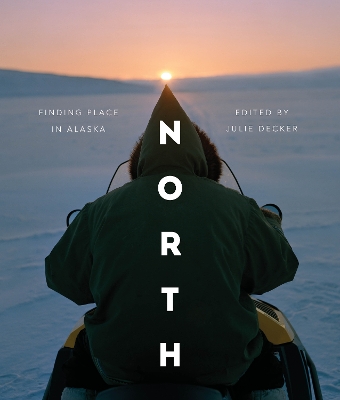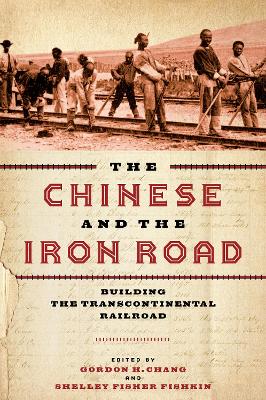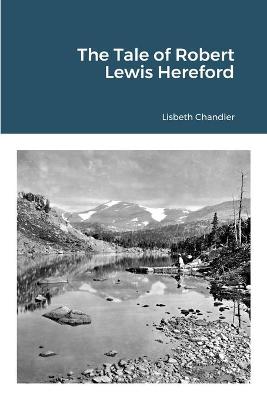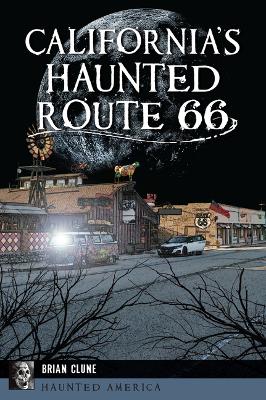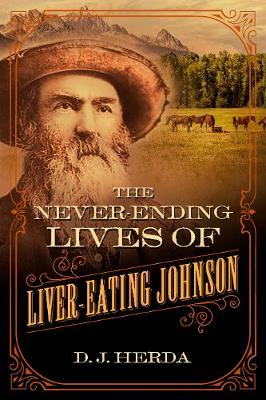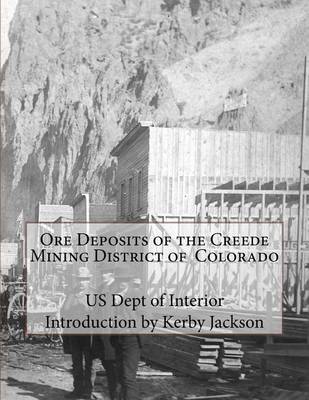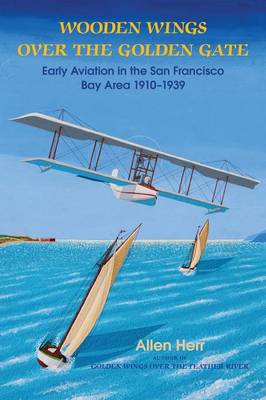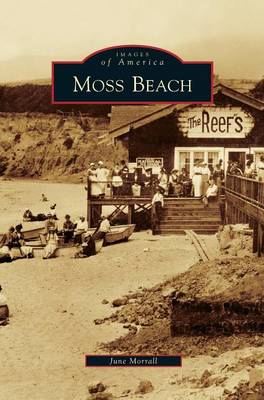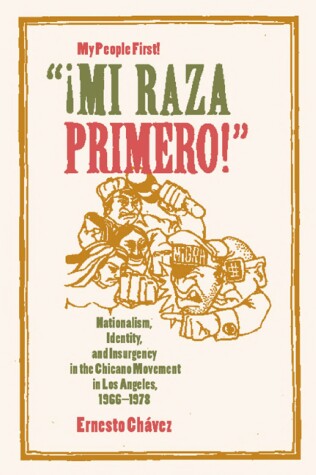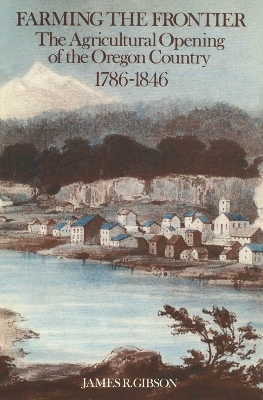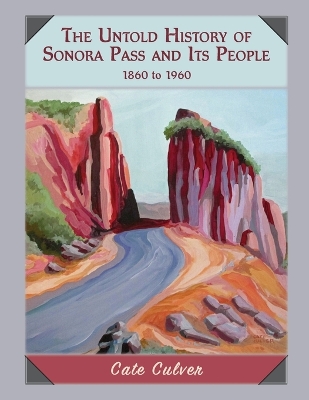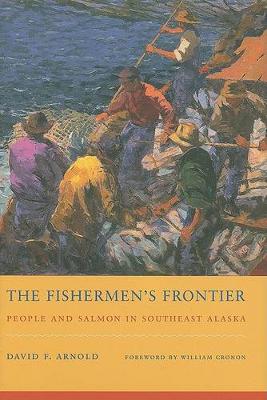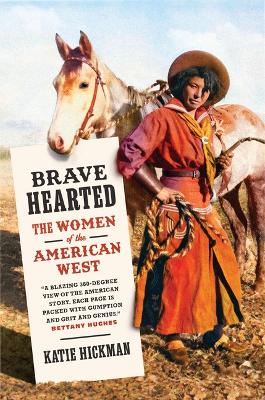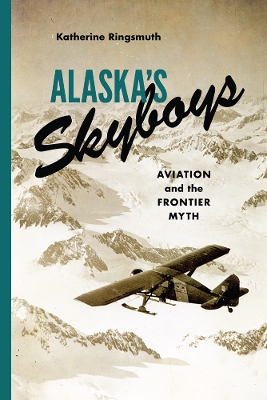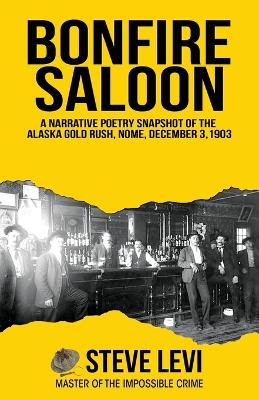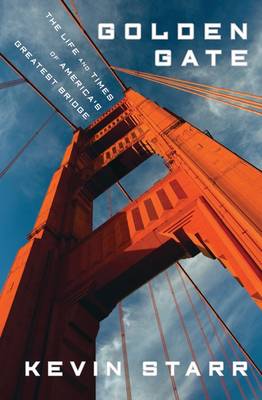Public Power, Private Dams (Weyerhaeuser Environmental Books)
by Karl Boyd Brooks
In the years following World War II, the world’s biggest dam was almost built in Hells Canyon on the Snake River in Idaho. Karl Boyd Brooks tells the story of the dam controversy, which became a referendum not only on public-power expansion but also on the environmental implications of the New Deal’s natural resources and economic policy. Private-power critics of the Hells Canyon High Dam posed difficult questions about the implications of damming rivers to create power and to grow crops. Activ...
North
Alaska is part of an international circumpolar North, which makes the United States an Arctic nation. Alaska is a place of Indigenous ingenuity and adaptation, a place where environmental extremes challenge the ways of living. In its more recent history, Alaska has been a place of resources and influx—a land known best for what it provides. This frontier persona, with its sourdoughs and prospectors, has not been easily shed, but Alaska today is pivotal because it represents America’s North and a...
The Chinese and the Iron Road (Asian America)
The completion of the transcontinental railroad in May 1869 is usually told as a story of national triumph and a key moment for American Manifest Destiny. The Railroad made it possible to cross the country in a matter of days instead of months, paved the way for new settlers to come out west, and helped speed America's entry onto the world stage as a modern nation that spanned a full continent. It also created vast wealth for its four owners, including the fortune with which Leland Stanford woul...
2004 Washington State Book Award Finalist "Company town." The words evoke images of rough-and-tumble loggers and gritty miners, of dreary shacks in isolated villages, of wages paid in scrip good only at price-gouging company stores, of paternalistic employers. But these stereotypes are outdated, especially for those company towns that flourished well into the twentieth century. In Company Towns of the Pacific Northwest, Linda Carlson provides a more balanced and realistic look at these "intenti...
From Farmer and Sailor to Mountain Man, Crow Killer, and Town Sheriff, One man's reputation lives past all others When it came to western mountain men, no one on earth ever matched the physical prowess or will to survive of John "Liver-Eating" Johnson. Throughout his life, John Johnston was known by several names, including "Crow Killer" and "Liver-Eating Johnson" (without the "t"), names he earned through his penchant for killing Crow Indians before cutting out and eating their livers. B...
In the years following World War I, Los Angeles was a city awakening to its darker side, transforming itself from a backwater town to a gleaming metropolis and city of the future. But along the way a tarnished patina began to coat its ever-more glamorous facade. As thousands flocked to the city with their dreams and desires, so too came get-rich-quick schemes, phony religions, organized crime, and corruption. A visual history like no other, Dark City brings together images from archives, museum...
Ore Deposits of the Creede Mining District of Colorado
by Us Dept of Interior
"Mi Raza Primero!" is the first book to examine the Chicano movement's development in one locale - in this case Los Angeles, home of the largest population of people of Mexican descent outside of Mexico City. Ernesto Chavez focuses on four organizations that constituted the heart of the movement: The Brown Berets, the Chicano Moratorium Committee, La Raza Unida Party, and the Centro de Accion Social Autonomo, commonly known as CASA. Chavez examines and chronicles the ideas and tactics of the ins...
In its rich detail, this book provides the first comprehensive history of the agricultural development of the Oregon Country. Based on extensive research in Hudsons's Bay Company documents, missionary records, and military and private papers, this book traces the crucial transition of the Pacific Northwest from a fur-trading outpost to an agricultural settlement -- a process which also saw the shift from British to American jurisdiction in the area.
The Untold History of Sonora Pass and Its People: 1860 to 1960
by Cate Culver
In The Fishermen's Frontier, David Arnold examines the economic, social, cultural, and political context in which salmon have been harvested in southeast Alaska over the past 250 years. He starts with the aboriginal fishery, in which Native fishers lived in close connection with salmon ecosystems and developed rituals and lifeways that reflected their intimacy. The transformation of the salmon fishery in southeastern Alaska from an aboriginal resource to an industrial commodity has been fraught...
2000 Census of Population and Housing, Montana, Summary Population and Housing Characteristics
This fascinating account of the development of aviation in Alaska examines the daring missions of pilots who initially opened up the territory for military positioning and later for trade and tourism. Early Alaskan military and bush pilots navigated some of the highest and most rugged terrain on earth, taking off and landing on glaciers, mudflats, and active volcanoes. Although they were consistently portrayed by industry leaders and lawmakers alike as cowboys—and their planes compared to sett...
"Written in 1965 about a same-sex sexual scandal that occurred in 1955 in Boise, Idaho, John Gerassi’s classic study depicts both middle America’s traditional response to homosexuality and an era in the country’s history before the modern gay rights movement really got underway. Because much of what Gerassi wrote about persists in today’s struggles over gay and lesbian issues, his book still has much to tell us about how contemporary society reacts to, and misunderstands, homosexuality."—Peter B...
